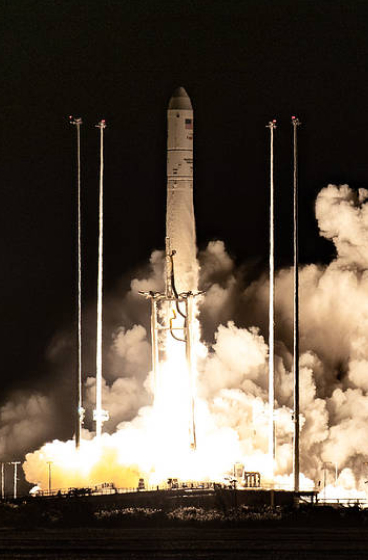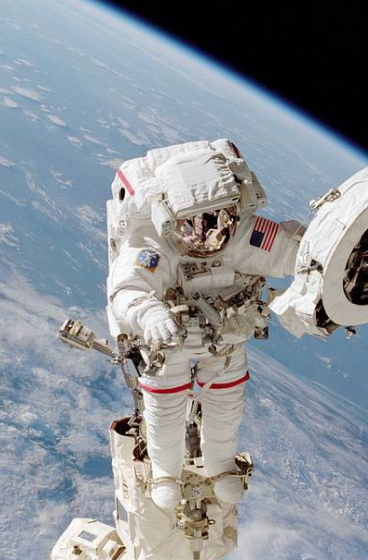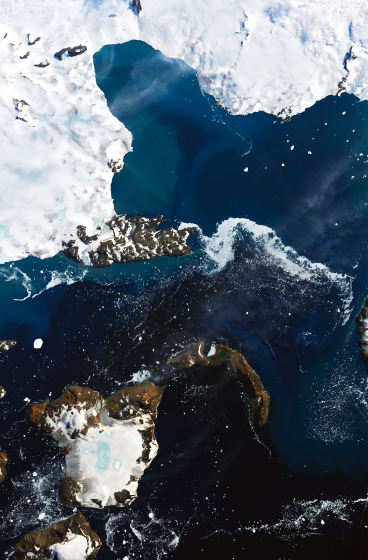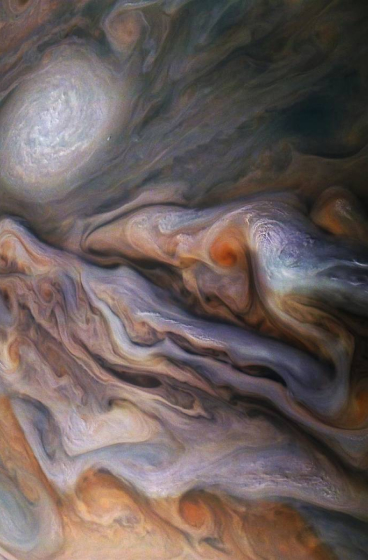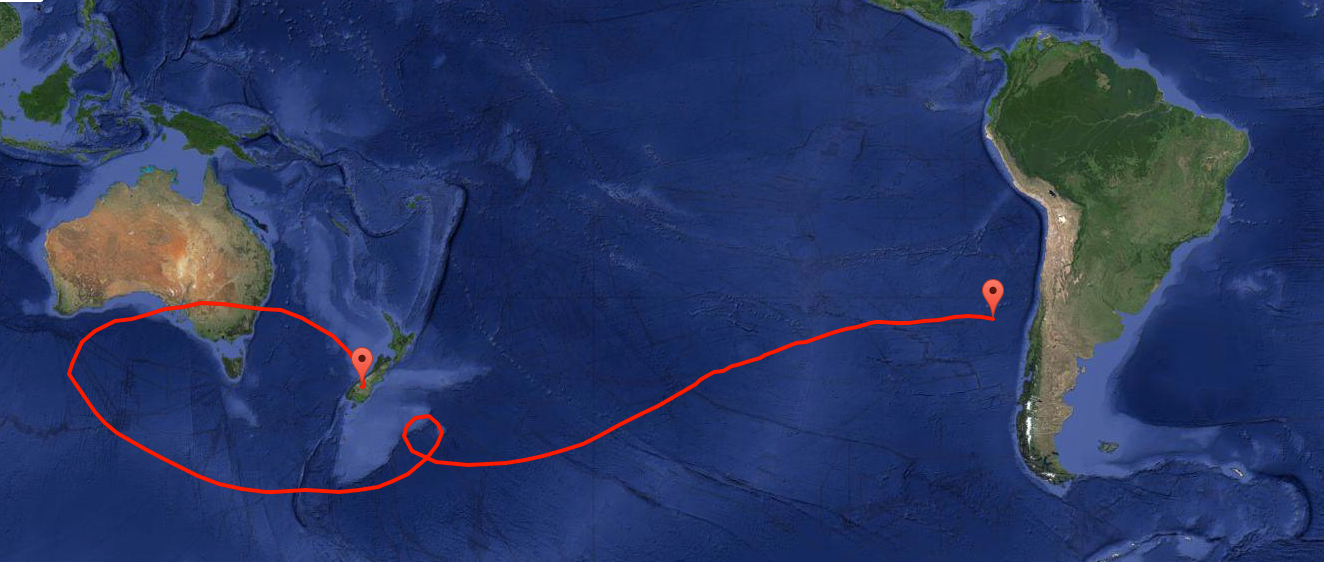
NASA’s super pressure balloon is quickly closing in on another milestone in its potentially record-breaking flight: first South American crossing.
Eleven days after lifting off from Wanaka Airport, New Zealand, the balloon is on a trajectory to cross into South America at approximately 10 p.m. EDT, Friday, May 27, quickly transiting both Chile and Argentina.
“The balloon continues to perform brilliantly despite the stresses of the heating and cooling experienced while flying through the day-night cycle,” said Debbie Fairbrother, NASA’s Balloon Program chief. “It’s behaving as we predicted and is well on its way to set a new flight duration record.”
The balloon flight is monitored real-time from NASA’s Columbia Scientific Balloon Facility in Palestine, Texas. Before any land overflight occurs, a thorough assessment is made of the balloon’s health, the performance of the command and control electronics and the forecast trajectory is analyzed from a safety perspective before beginning overflight operations.
The Compton Spectrometer and Imager (COSI) payload flying on the super pressure balloon is healthy and continues to collect and transmit data on multiple observed galactic phenomena.
Forecast wind speeds and directions in the stratosphere show the super pressure balloon could complete its first mid-latitude circumnavigation as early as Tuesday, May 31. NASA predicts the balloon will complete a circumnavigation once every one to three weeks.
Weather permitting, the balloon can be seen from the ground, especially at sunrise and sunset, as it continues on its globetrotting journey. People can track the real-time location of NASA’s super pressure balloon at this website: http://www.csbf.nasa.gov/newzealand/wanaka.htm.
For more information on the super pressure balloon mission, visit: https://www.nasa.gov/feature/nasa-super-pressure-balloon-begins-globetrotting-journey.
For more information on NASA’s Balloon Program, visit: www.nasa.gov/scientificballoons.



























